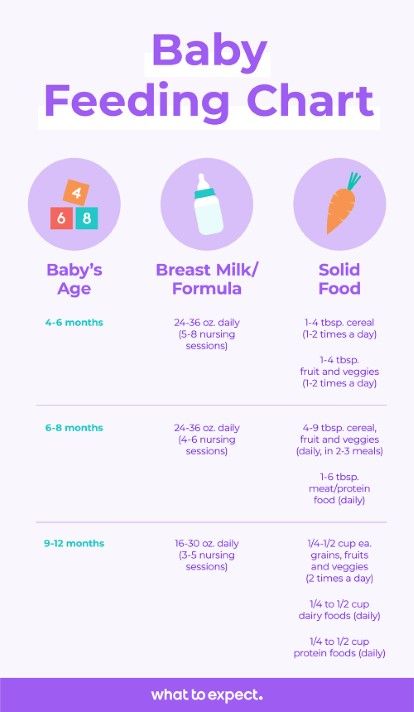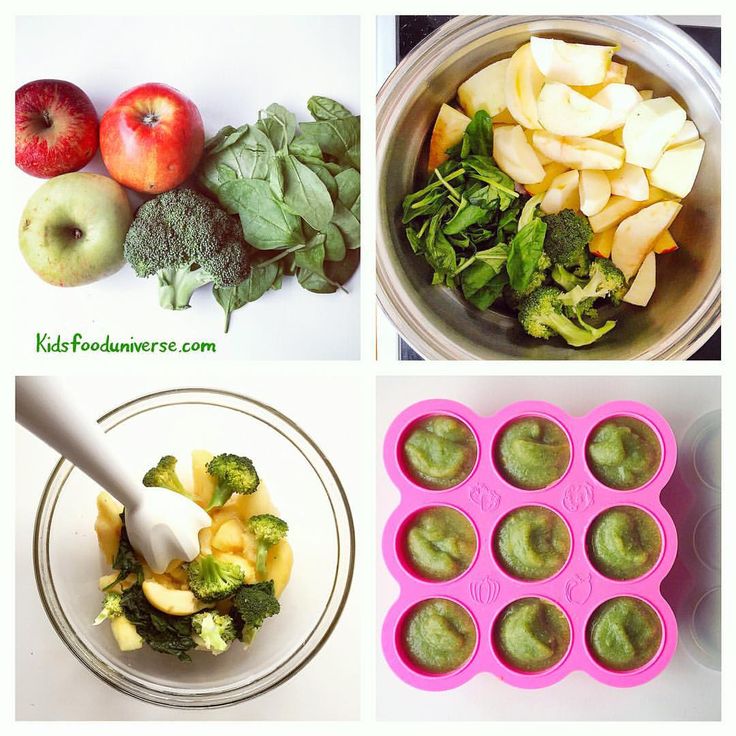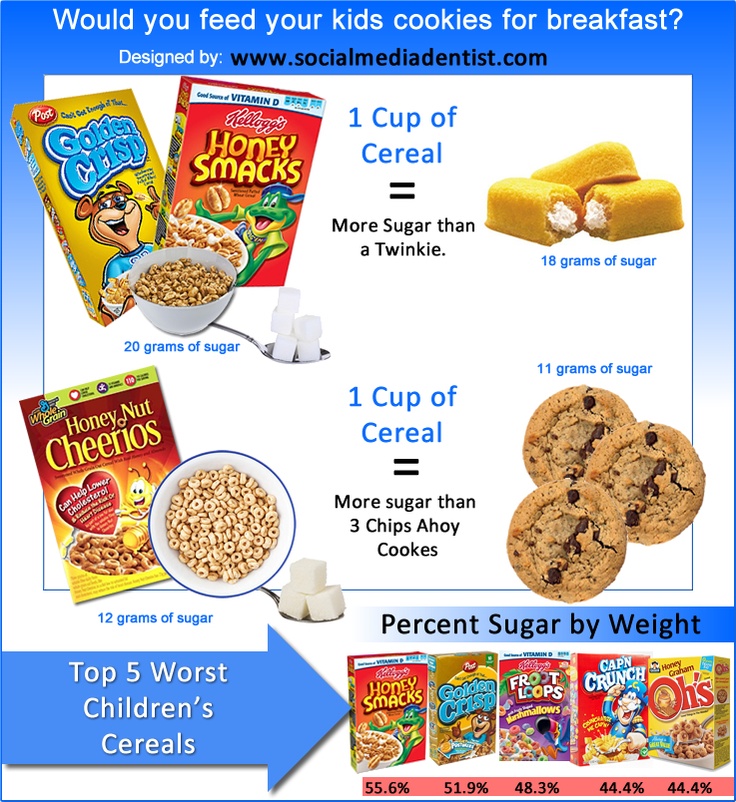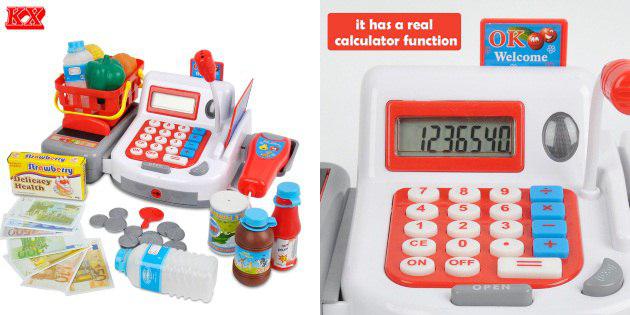3 week old baby formula feeding
Formula Feeding FAQs: How Much and How Often (for Parents)
Whether you plan to formula feed your baby from the start, want to supplement your breast milk with formula, or are switching from breast milk to formula, you probably have questions.
Here are answers to some common questions about formula feeding.
How Often Should I Feed My Baby?
Newborns and young babies should be fed whenever they seem hungry. This is called on-demand feeding.
After the first few days of life, most healthy formula-fed newborns feed about every 2–3 hours. As they get bigger and their tummies can hold more milk, they usually eat about every 3–4 hours. As babies get older, they’ll settle into a more predictable feeding routine and go longer stretches at night without needing a bottle.
Talk to your doctor if you have concerns about feeding your baby, especially if your baby is very small, is not gaining weight, or was born early (prematurely).
How Can I Tell When My Baby Is Hungry?
Signs that babies are hungry include:
- moving their heads from side to side
- opening their mouths
- sticking out their tongues
- placing their hands, fingers, and fists to their mouths
- puckering their lips as if to suck
- nuzzling again their mothers' breasts
- showing the rooting reflex (when a baby moves its mouth in the direction of something that's stroking or touching its cheek)
Babies should be fed before they get upset and cry. Crying is a late sign of hunger. But every time your baby cries is not because of hunger. Sometimes babies just need to be cuddled or changed. Or they could be sick, tired, too hot or too cold, in pain, or have colic.
How Much Should My Baby Drink?
In the first few weeks, give 2- to 3-ounce (60- to 90-milliliter) bottles to your newborn. Give more or less depending on your baby’s hunger cues.
Here's a general look at how much your baby may be eating at different ages:
- On average, a newborn drinks about 1.5–3 ounces (45–90 milliliters) every 2–3 hours. This amount increases as your baby grows and can take more at each feeding.
- At about 2 months, your baby may drink about 4–5 ounces (120–150 milliliters) every 3–4 hours.
- At 4 months, your baby may drink about 4–6 ounces (120-180 milliliters) at each feeding, depending on how often they eat.
- By 6 months, your baby may drink 6–8 ounces (180–230 milliliters) about 4–5 times a day.

Watch for signs that your baby is hungry or full. Respond to these cues and let your baby stop when full. A baby who is full may suck with less enthusiasm, stop, or turn away from the bottle.
Why Does My Baby Seem Hungrier Than Usual?
As babies grow, they begin to eat more at each feeding and can go longer between feedings. Still, there may be times when your little one seems hungrier than usual.
Your baby may be going through a period of rapid growth (called a growth spurt). These can happen at any time, but in the early months are common at around:
- 7–14 days old
- between 3–6 weeks
- 4 months
- 6 months
During these times and whenever your baby seems especially hungry, follow their hunger cues and continue to feed on demand, increasing the amount of formula you give as needed.
Is My Baby Eating Enough?
At times, you may wonder whether your baby is getting enough nutrients for healthy growth and development. Babies who get enough to eat seem satisfied after eating and are regularly peeing and pooping.
Babies who get enough to eat seem satisfied after eating and are regularly peeing and pooping.
At your baby’s checkups, the doctor will review your baby’s growth chart, track your little one’s development, and answer any questions. Talk to your doctor if you have any concerns about your baby’s feeding and nutrition.
Reviewed by: Mary L. Gavin, MD
Date reviewed: November 2021
Amount and Schedule of Baby Formula Feedings
- In the first week after birth, babies should be eating no more than about 1 to 2 ounces (30 to 60 ml) per feed.
- During the first month, babies gradually eat more until they take 3 to 4 ounces (90 to 120 ml) per feed, amounting to 32 ounces per day. Formula-fed babies typically feed on a more regular schedule, such as every 3 or 4 hours. Breastfed babies usually take smaller, more frequent feedings than formula-fed infants.
If your baby sleeps longer than 4 to 5 hours during the first few weeks after birth and starts missing feedings, wake them up and offer a bottle.
By the end of the first month: Your baby will be up to at least 3 to 4 ounces (120 mL) per feeding, with a fairly predictable schedule of feedings about every 3 to 4 hours.
By 6 months: Your baby will consume 6 to 8 ounces (180–240 mL) at each of 4 or 5 feedings in 24 hours.
Formula feeding based on body weight
On average, your baby should take in about 2½ ounces (75 mL) of infant formula a day for every pound (453 g) of body weight. But they probably will regulate their intake from day to day to meet their own specific needs, so let them tell you when they've had enough. If they become fidgety or easily distracted during a feeding, they're probably finished. If they drain the bottle and continues smacking their lips, they might still be hungry.
There are high and low limits, however. If your baby consistently seems to want more or less than this, discuss it with your pediatrician. Your baby should usually drink no more than an average of about 32 ounces (960 mL) of formula in 24 hours. Some babies have higher needs for sucking and may just want to suck on a pacifier after feeding.
Your baby should usually drink no more than an average of about 32 ounces (960 mL) of formula in 24 hours. Some babies have higher needs for sucking and may just want to suck on a pacifier after feeding.
On-demand feeding
Initially it is best to feed your formula-fed newborn a bottle on demand, or whenever they cry with hunger. As time passes, your baby will begin to develop a fairly regular timetable of their own. As you become familiar with their signals and needs, you'll be able to schedule their feedings around their routine.
Eating & sleeping patterns
Between 2 and 4 months of age (or when the baby weighs more than 12 lb. [5.4 kg]), most formula-fed babies no longer need a middle-of-the-night feedings. They're consuming more during the day, and their sleeping patterns have become more regular (although this varies considerably from baby to baby). Their stomach capacity has increased, too, which means they may go longer between daytime feedings—occasionally up to 4 or 5 hours at a time.
If your baby still seems to feed very frequently or consume larger amounts, try distracting them with play or with a pacifier. Sometimes patterns of obesity begin during infancy, so it is important not to overfeed your baby.
Getting to know your baby's feeding needs
The most important thing to remember, whether you breastfeed or bottlefeed, is that your baby's feeding needs are unique. No book―or website―can tell you precisely how much or how often they need to be fed or exactly how you should handle them during feedings. You will discover these things for yourself as you and your baby get to know each other.
More information
- How Often and How Much Should Your Baby Eat?
- Making Sure Your Baby is Getting Enough Milk
- Is Your Baby Hungry or Full? Responsive Feeding Explained (Video)
- Remedies for Spitty Babies
- Last Updated
- 5/16/2022
- Source
- Adapted from Caring for Your Baby and Young Child: Birth to Age 5 7th Edition (Copyright © 2019 American Academy of Pediatrics)
The information contained on this Web site should not be used as a substitute for the medical care and advice of your pediatrician. There may be variations in treatment that your pediatrician may recommend based on individual facts and circumstances.
There may be variations in treatment that your pediatrician may recommend based on individual facts and circumstances.
Formula-fed regimen - Articles about baby food from pediatricians and experts MAMAKO
- Polina Alexandrovna, non-breastfeeding mothers are worried that formula will not provide their child with all the necessary nutrients so that he can fully grow and develop. How significant is the difference between breast milk and its substitute?
— Mom's milk is a living substance that, in addition to nutrients, microelements and other useful components, contains biologically active substances responsible for immunity and components that cannot be synthesized. An adapted milk formula is as close to the composition of human milk as possible, but it is not a 100% substitute. Therefore, breastfeeding is preferable. However, if it is not possible to breastfeed, this is not a disaster. The most valuable nutrients a child can get from infant formula.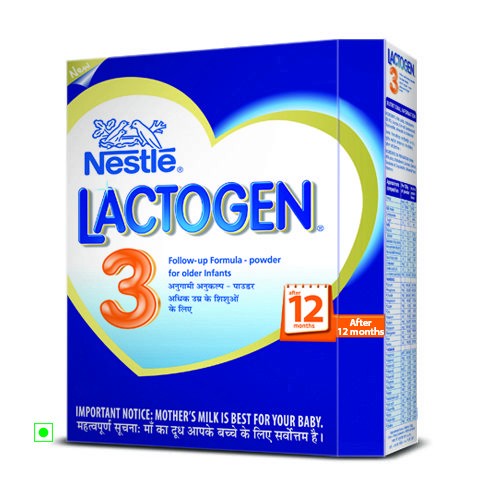
— What could be the reasons for transferring a child to artificial feeding?
— The most common reason why pediatricians recommend artificial feeding is because of the health of the child. In addition, artificial feeding can help a mother who is unable to feed her child on her own, for example, in cases where:
- lactation is difficult;
- there are contraindications for women's health;
- child and mother are not together;
- the nursing mother has obvious psychological discomfort.
— What products can be used for artificial feeding?
- Adapted infant formula or special therapeutic formulas, which may be dairy or, more rarely, dairy-free. You do not need to feed the baby with other products: whole cow's or whole goat's milk is not adapted for a small child. When the time comes for complementary foods, formula-fed babies, as well as breastfed babies, will gradually begin to try solid food in the same mode.
— How common are colic, bloating, bottle-feeding disorders?
- When compared with breastfeeding, there is no particular prerequisite for colic, bloating or other disorders to occur more often from bottle feeding. In "artificial" stools become a little denser, which does not mean constipation. Changes in its consistency are caused by a certain composition of the milk substitute. This is completely normal. And colic, bloating and other problems may arise due to intolerance to some components of the mixture. A specialized therapeutic mixture will help to solve a specific problem and save the baby from these unpleasant sensations.
— Is it necessary to follow the feeding schedule for artificial feeding of the baby or is it better to feed the baby when he wants to?
- Formula-fed baby must be given a bottle on schedule, free feeding is not allowed. Surely many have heard that a newborn and a young child needs to be fed on demand, but on artificial feeding, the intervals between feedings should be at least 3 hours, even for a very small child.
— Do I need to consult a specialist and take tests before formulating a formula diet?
- Before switching to an artificial formula, most often the mother consults with the pediatrician. The feeding mode (not the amount of food) is standard and does not depend on any features. Breaks equal to three hours should be stably maintained by the baby at one month and at six months. Skipping night feedings is possible, and breaks longer than three hours are acceptable, but still not less.
— What should be taken into account before drawing up a regimen?
— The most important thing is that the feeding regimen and the child's sleep and wakefulness regimens overlap with each other. When a mother builds a day regimen for artificial feeding, it is worth paying attention to what time she plans to put the baby to bed and wake her up so that feeding does not have to be in the middle of daytime sleep. Both mother and baby should be as comfortable as possible - so that they do not have to wake the baby for a meal or so that he does not wake up early from hunger.
— What are the key and general rules for establishing a feeding schedule for a formula-fed baby?
- Feeding regimen with artificial feeding should overlap with the sleep regimen. It is important to separate the nutrition and sleep of the baby. With artificial nutrition, this is easier to do than with natural. However, formula-fed infants often form a negative association with sleep when a bottle of nutrition is needed to fall asleep or eat immediately after waking up. Therefore, between feeding and sleep should be a small period of time - 10-15 minutes before and after sleep. With a newborn, it is usually not possible to reach this gap, because the wakefulness of the child is too short and only accommodates feeding. This is normal, but you need to strive to ensure that breaks appear and increase. Then by the end of the first month, most likely, everything will work out.
— How to distribute meals throughout the day? Can parents calculate the number of feedings and portion sizes themselves?
— Composing the feeding regimen and calculating the amount of food, you need to focus on the age and weight of the child. Based on these indicators, the pediatrician determines the daily volume of the baby's food. Taking into account children's age, the daily amount of food is distributed over a certain number of feedings - the younger the baby, the more often he eats and the smaller his portion.
Based on these indicators, the pediatrician determines the daily volume of the baby's food. Taking into account children's age, the daily amount of food is distributed over a certain number of feedings - the younger the baby, the more often he eats and the smaller his portion.
Over time, the intervals between meals increase due to the skipping of night feedings. The portion that the child missed is distributed between daily feedings. Consequently, the portion increases, and the frequency of feeding decreases.
How often to give the baby a mixture per day, including how many times to feed the baby at night on the IV, is calculated by the doctor for each specific baby, taking into account his age and weight parameters.
Read also
- about what determines the amount of formula a baby eats and how to calculate how much formula a baby needs
— Polina Aleksandrovna, the schedule has been drawn up, but the child eats little or rarely — should I be worried?
- If the weight gain is within normal limits, then the baby is getting enough nutrition. It happens that children eat less than the norm, but at the same time they fulfill their needs, do not lag behind in physical and psycho-emotional development, which means that for these children the norm is less than average.
It happens that children eat less than the norm, but at the same time they fulfill their needs, do not lag behind in physical and psycho-emotional development, which means that for these children the norm is less than average.
The child eats little or rarely, the weight is added poorly - it must be shown to the doctor.
— Is it worth it to force a baby to live according to the regimen at night if he does not wake up and does not ask for food, but has not eaten the daily allowance?
- You need to watch how the child is gaining weight and growing, and monitor his condition, because situations are different.
- The baby eats normally, maintains the usual intervals and just starts to skip night feedings - it means that he has enough food during the day and it is not worth waking him up.
- The baby sleeps soundly until the morning, and during the day he gets off the routine and starts asking for food more often - therefore, he is malnourished, and you need to increase the size of the daily portion in order to maintain the daily norm, or wake the child up to feed at night.
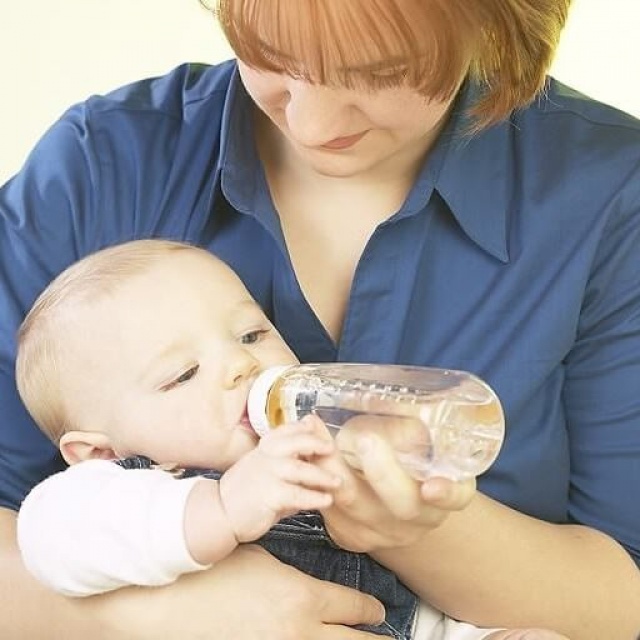 The first option is preferable, but, of course, within the age norm. It is most physiological when children eat less and less at night, and by one year they either sleep until morning or wake up once.
The first option is preferable, but, of course, within the age norm. It is most physiological when children eat less and less at night, and by one year they either sleep until morning or wake up once.
— Can children's health problems arise if the artificial feeding regimen has changed?
- You may run into problems if the diet has shifted very much. But you need to consider the reason for what is happening. When a sick child's appetite decreases, this is an adequate response to poor health, and it is not necessary to force-feed him. After recovery, he will try to compensate for the lack of food in the previous days and begin to eat more actively.
With the new regime, for example, due to the change in time zones, it may be difficult for the child to adapt, but this does not mean at all that he will be worried for a whole month. After one or two days, the regime returns to normal. And, of course, without the need to change the mode is impractical.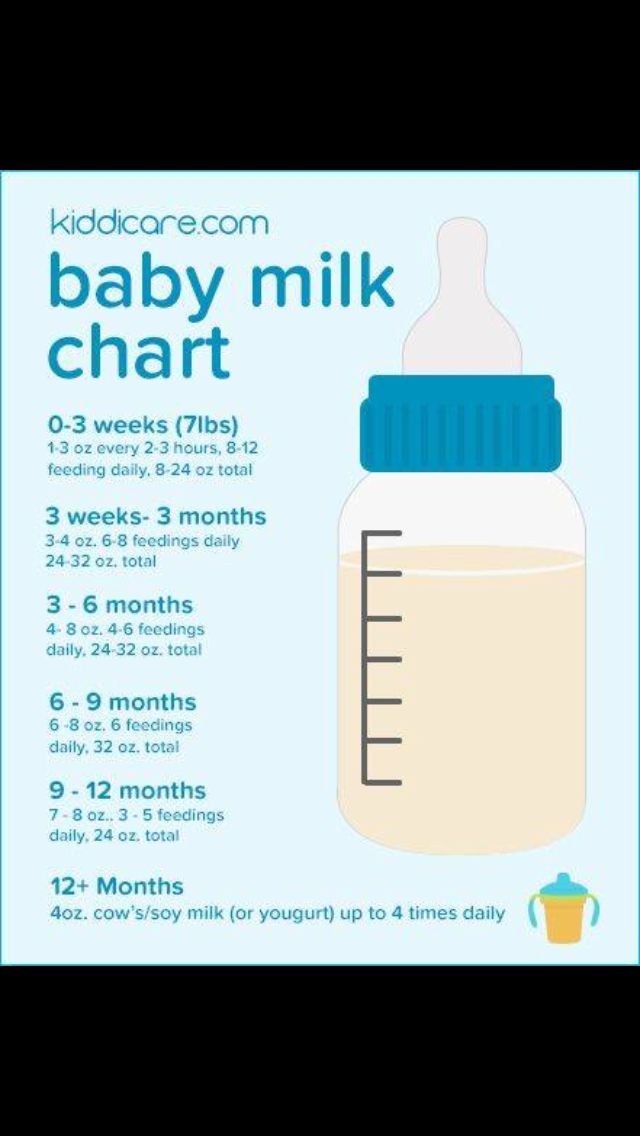
— Polina Alexandrovna, tell us about the main advantages of MAMAKO ® baby food.
- The manufacturer has a fairly wide range of products. Parents can choose food according to the age and needs of their baby. With age-adapted milk formulas, it is easy to maintain an artificial feeding regimen from birth to three years. Porridges, mashed potatoes and cream soups are optimal for complementary foods. What is especially valuable, all these products are made on the basis of goat's milk, which children digest more easily and better than cow's milk and which is considered more suitable for children's nutrition. A child who initially tried the "goat" formula, and then switched to complementary foods with the addition of goat's milk, will have an easier time accepting them.
The composition of the milk formula is maximally adapted to children's needs, but still it is not saturated with absolutely all the components and biologically active substances that are found in women's breast milk. Technology does not yet allow this. Accordingly, breastfeeding is preferable for babies, but when it is not possible, ready-made products come to the rescue. When feeding with infant formula, it is recommended to adhere to a diet so that the baby does not overeat, easily digests and digests food comfortably. If the order of feeding has gone astray, try to return the usual diet for the child as soon as possible, and then everything will be fine.
Technology does not yet allow this. Accordingly, breastfeeding is preferable for babies, but when it is not possible, ready-made products come to the rescue. When feeding with infant formula, it is recommended to adhere to a diet so that the baby does not overeat, easily digests and digests food comfortably. If the order of feeding has gone astray, try to return the usual diet for the child as soon as possible, and then everything will be fine.
* Breast milk is the best food for babies. WHO recommends exclusive breastfeeding for the first 6 months of a child's life and continued breastfeeding after complementary foods are introduced until the age of 2 years. Before introducing new products into the baby's diet, you should consult with a specialist. The material is for informational purposes and cannot replace the advice of a healthcare professional. For feeding children from birth. The product is certified.
newborn diet on IV, how to properly bottle feed a baby
The desire for a child to grow up strong and healthy is natural for mothers.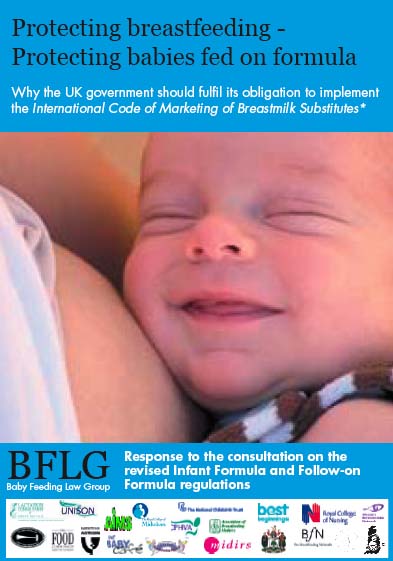 And the health of a newborn begins with proper nutrition. Mother's milk has always been considered the best option for feeding - the most healthy and nutritious food for infants. However, in some cases, breastfeeding is not possible. And then mixtures come to the aid of mothers.
And the health of a newborn begins with proper nutrition. Mother's milk has always been considered the best option for feeding - the most healthy and nutritious food for infants. However, in some cases, breastfeeding is not possible. And then mixtures come to the aid of mothers.
Contents: Hide
- In what cases is the transition to artificial feeding
- How to choose a mixture of
- Basic feeding rules
- Model
- Main errors with artificial feeding
In what cases is a transition to artificial feeding
to breastfeeding. There are a number of diseases in which breast milk is prohibited. On the mother's side, these are HIV, an open form of tuberculosis, dangerous infections, and a serious state of health. On the part of the child, these are leucinosis, galactosemia, and individual food intolerance. It is not necessary to take tests after hearing the terrible names of diseases. All newborns are checked in maternity hospitals for their presence. But allergies are not so easy to identify. Many newborns have skin rashes and redness, which may be due to a reaction to an aggressive environment. Only a strict diet for the mother can help here, so that her milk does not contain allergens, monitoring the baby and consulting a doctor.
But allergies are not so easy to identify. Many newborns have skin rashes and redness, which may be due to a reaction to an aggressive environment. Only a strict diet for the mother can help here, so that her milk does not contain allergens, monitoring the baby and consulting a doctor. Lack of lactation or its complete cessation. This is the second objective reason for transferring a child from breast milk to formula. Lactation does not always come in the right amount and it can be increased. It happens that milk disappears a few days after the birth of the crumbs. This often depends on the individual characteristics of the mother's body. So that the child does not starve, he is first transferred to mixed, and then completely to artificial feeding.
Insufficient nutritional value of mother's milk. Usually this problem can be solved without resorting to the transition to IoT, but this is not always possible. A woman may have a lot of milk, but it will be like water in both color and consistency.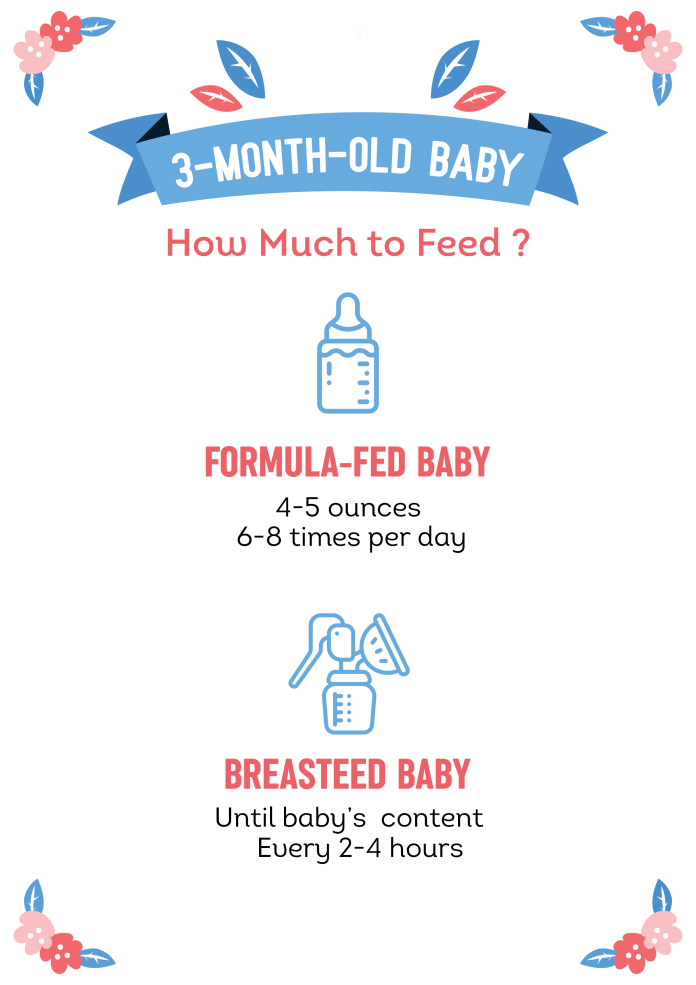 In such cases, doctors give advice to the mother on nutrition in order to increase the fat content of milk and its usefulness. If the milk remains watery, the child stops eating, cries of hunger, loses weight. The only way out in this situation is the transition to the mixture.
In such cases, doctors give advice to the mother on nutrition in order to increase the fat content of milk and its usefulness. If the milk remains watery, the child stops eating, cries of hunger, loses weight. The only way out in this situation is the transition to the mixture.
Impossibility of regular feeding. Children who, for a number of reasons, are separated from their mother for long periods of time are transferred to artificial feeding: the woman is in a hospital, going to work or study, business trips, etc. If the break in breastfeeding is one-time, then restoring lactation and breastfeeding is still possible . However, more often in such cases, breastfeeding has to be abandoned.
Mother's personal wish. Unfortunately, there are cases when a woman, having every opportunity to breastfeed her baby, refuses to breastfeed for various subjective reasons. In this case, lactation is interrupted, and the baby is transferred to the mixture.
Read also: Newborn weight gain by month
How to choose a formula
If you are going to transfer your baby to artificial feeding, then the first thing you will encounter will be the choice of nutrition. Today there are a large number of different mixtures: adapted and non-adapted, dairy and sour-milk, dry and liquid. There are mixtures against regurgitation, hypoallergenic, for premature babies, etc. How to choose the optimal replacement for mother's milk from such a variety?
Today there are a large number of different mixtures: adapted and non-adapted, dairy and sour-milk, dry and liquid. There are mixtures against regurgitation, hypoallergenic, for premature babies, etc. How to choose the optimal replacement for mother's milk from such a variety?
- Make your choice only after consulting a pediatrician. The doctor will examine the baby and give all the necessary recommendations.
- Monitor your child. When adapting to a new diet, the child may have small rashes, but they disappear if the body begins to absorb the mixture normally. The baby eats with appetite, he has a normal stool and no colic. Otherwise, the mixture must be changed.
- If there is a need to replace the mixture with a thicker one (anti regurgitation), choose the same brand of food that was previously used.
- Consider the baby's age. All mixtures have a gradation by months of life.
- Prefer adapted formulas, they are usually easier to digest
Basic rules for formula feeding save you a lot of problems.

1. Choose proven blends. This applies not only to the choice of brand, but also to the packaging itself. Look at its integrity, check the expiration date.
2. Observe the storage conditions of the opened package at home (in a dry and cool place, but in no case in the refrigerator, the mixture must not become damp). Remember that the open mixture is stored for three weeks. After this period, it can no longer be used.
3. Strictly follow the instructions when preparing meals. It is indicated on the packaging. Water for the preparation of the mixture must be purified and boiled. The optimal temperature for preparing the mixture is 36–37 °C. You can cook food right in the bottle. This is quite convenient, since baby bottles have a volume scale that makes it easier to calculate the right amount of scoops. The mixture must be stirred until completely dissolved, and then cooled to an acceptable temperature so that the baby can drink without burning himself. You can check if the milk is hot by dropping it on your wrist - there the skin is most tender and sensitive.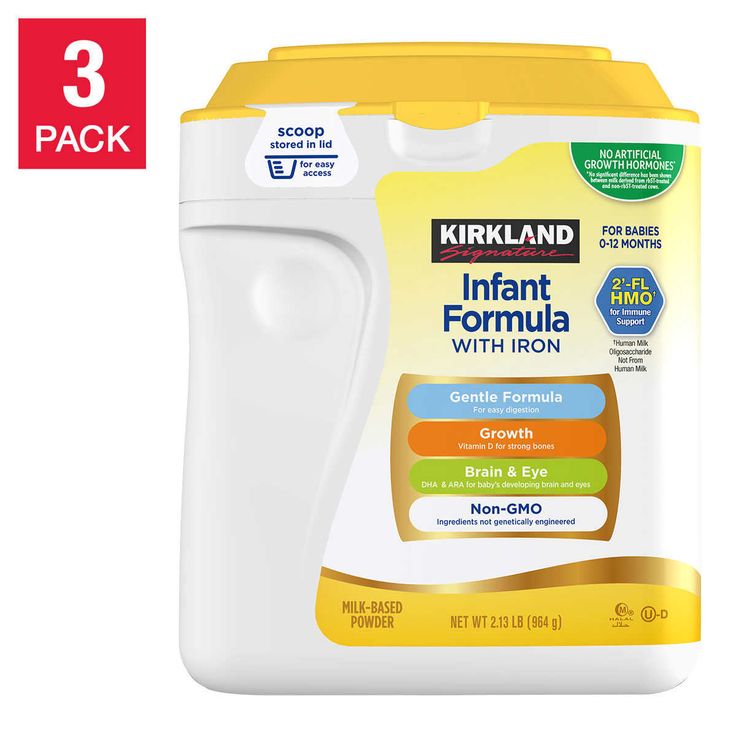 If the temperature is almost not felt, then the mixture can be given to the child.
If the temperature is almost not felt, then the mixture can be given to the child.
4. Sterilize baby dishes. Baby bottles and nipples should be thoroughly rinsed using a special brush so that no food residue remains. You can use children's dishwashing detergents. Do not wash bottles with common cleaning products that you are used to using, no matter how good they are. After washing, be sure to place the dishes in boiling water. This helps to kill harmful bacteria. It is recommended to sterilize children's dishes during the entire first year of a baby's life. Then you can limit yourself to just a thorough wash.
5. Hold the bottle in a semi-vertical position when feeding. The milk should completely fill the nipple. This prevents the child from swallowing air. After feeding, it is necessary to hold the baby in a column for several minutes to avoid spitting up.
6. Monitor the amount of formula consumed and the feeding schedule. Maintaining a balance is extremely important for the healthy and full development of the baby.
- Calculate the amount of formula to be prepared based on the baby's weight. It is body weight, and not the age of the crumbs, that is the main indicator when calculating the daily nutritional intake. You can find out the required volume of the mixture for feeding either at a pediatrician’s appointment, or on your own (it is recommended to use Maslov’s caloric method when calculating).
- Observe breaks between feedings. During the day they should be 3.5 hours, at night - 6. Try not to break the schedule.
- Give the child water. Supplementation with water is a necessity for artificial feeding. Water should be given somewhere in the middle of the interval between feedings or 10-15 minutes after it. Avoid supplementation before meals.
Major mistakes in artificial feeding
Overfeeding. The desire to feed the child is understandable, but in the case of mixtures, feeding must be approached strictly. On artificial feeding, the child is normally gaining weight very well.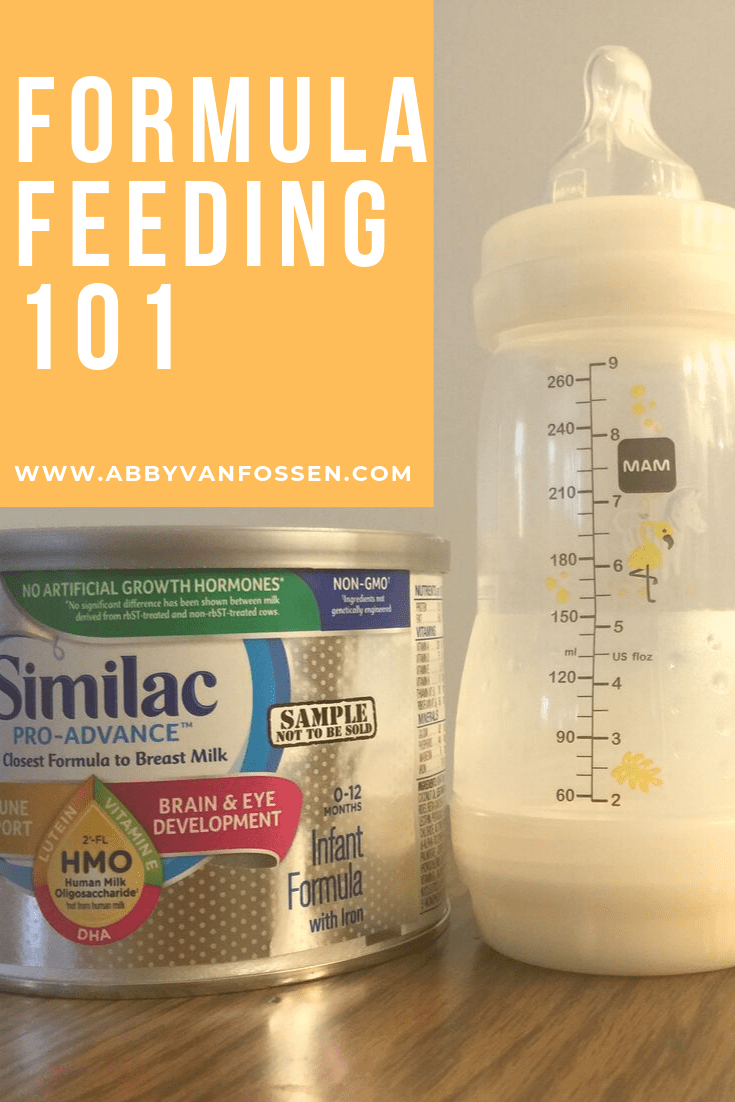 Excess body weight is an additional burden on the body and health problems. Even an adult can find it difficult to cope with problems from being overweight. What to say about the tiny weak body of a newborn? Follow the diet and control the daily milk intake. Fortunately, you can always see how much the child ate.
Excess body weight is an additional burden on the body and health problems. Even an adult can find it difficult to cope with problems from being overweight. What to say about the tiny weak body of a newborn? Follow the diet and control the daily milk intake. Fortunately, you can always see how much the child ate.
Unreasonable replacement of the mixture. If the child eats the current mixture well, then it is not necessary to change it. The baby will have to go through a difficult period of adaptation again, and it’s not a fact that his body will accept new food just as well.
Use of old mix. The child's food must be fresh. If the child has not finished eating, then literally after half an hour the milk can only be poured out. Milk mixtures are an excellent environment for the life of pathogenic bacteria.
Pet milk feeding. Do you think this is a more natural option than artificial mixtures? This is an erroneous opinion. For a child under one year old, cow or goat milk, even boiled, is strictly prohibited.